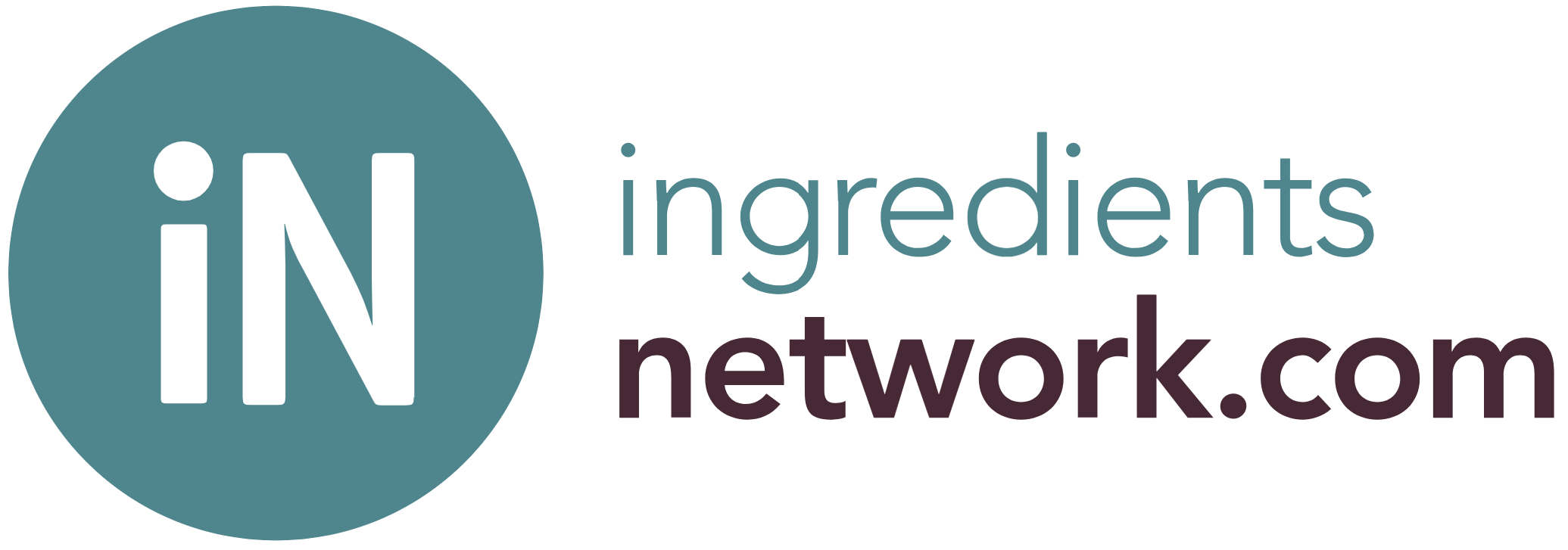News
Hydrocolloids worth $8.2 billion by 2020
8 Mar 2016The global market reached a value of $6.6 billion in 2015 (i.e., 1.66 million metric tons (MT)). Growing at a CAGR of 4.4%, the market should reach 2.1 million MT in 2020 with a value of almost $8.2 billion.

According to BCC Research, companies worldwide are focusing their research and development efforts on technological innovations in order to expand the functionalities as well as applications of hydrocolloids in end-user industries as diverse as oil drilling, pharmaceutical, cosmetics, and textile printing. The company reveals in its new report that in the food and beverage industry, consumer desire for a healthier lifestyle is swelling demand for this remarkably diverse product, as well.
A colloid is a composition in which particles of one substance are uniformly dispersed within a dispersion medium of another substance. A hydrocolloid is formed when the dispersion medium used in the composition is water. Hydrocolloids are hydrophilic polymers primarily used in food and beverage industry to add thickening and gelling properties to substances.The global market reached a value of $6.6 billion in 2015 (i.e., 1.66 million metric tons (MT)). Growing at an estimated five-year (2015-2020) compound annual growth rate (CAGR) of 4.4%, the market should reach 2.1 million MT in 2020 with a value of almost $8.2 billion.The guar gum segment, the fastest-growing type of hydrocolloid among all market segments, should grow at a five-year CAGR of 5.3%. Gelatin, the largest segment type by volume and value, accounted for 25.6% of the overall market. This segment is projected to reach 336 thousand MT and 431 thousand MT in 2015 and 2020, respectively, with corresponding values of $1.7 billion and $2.2 billion, respectively.Animal hydrocolloids should see the highest growth rate among all hydrocolloid sources. Estimated to reach a five-year CAGR of 5.1%, followed by plant hydrocolloids and synthetic hydrocolloids which share identical CAGRs of 4.6%, this subsegment is sourced mainly from pork and cattle. The largest type in the overall animal hydrocolloid market is gelatin (see above).The global hydrocolloid market, which is concentrated into a few major players across Europe and the U.S., also is scattered across regions, particularly Asia-Pacific. By 2020, Europe should remain the largest market with a market share of 33.5%, in terms of value. However, the Asia-Pacific region should become the second-largest market with a market share of 27%, followed by North America at a market share of 23.9%.The increasing demand for hydrocolloids in industries such as food and beverage, oil drilling, pharmaceutical, nutraceutical, cosmetics, textile printing, and paper treatment, coupled with the growth in these industries, the market should experience modest growth, especially in the Asia-Pacific, Europe and North America regions. In addition, other overall key market drivers include a rising population and growing concerns for food safety and quality among consumers.“An increasing number of people are adopting healthier lifestyles with a major emphasis on the healthful food choices provided by the food and beverage companies,” said BCC Research analyst Aneesh Kumar. “Companies are continuously spending heavily to expand their product portfolios and/or engaging in merger and acquisitions and forming synergies to provide healthier foods such as reducing sugar, sodium and fat content, while at the same time increasing fiber and protein content in the products.”